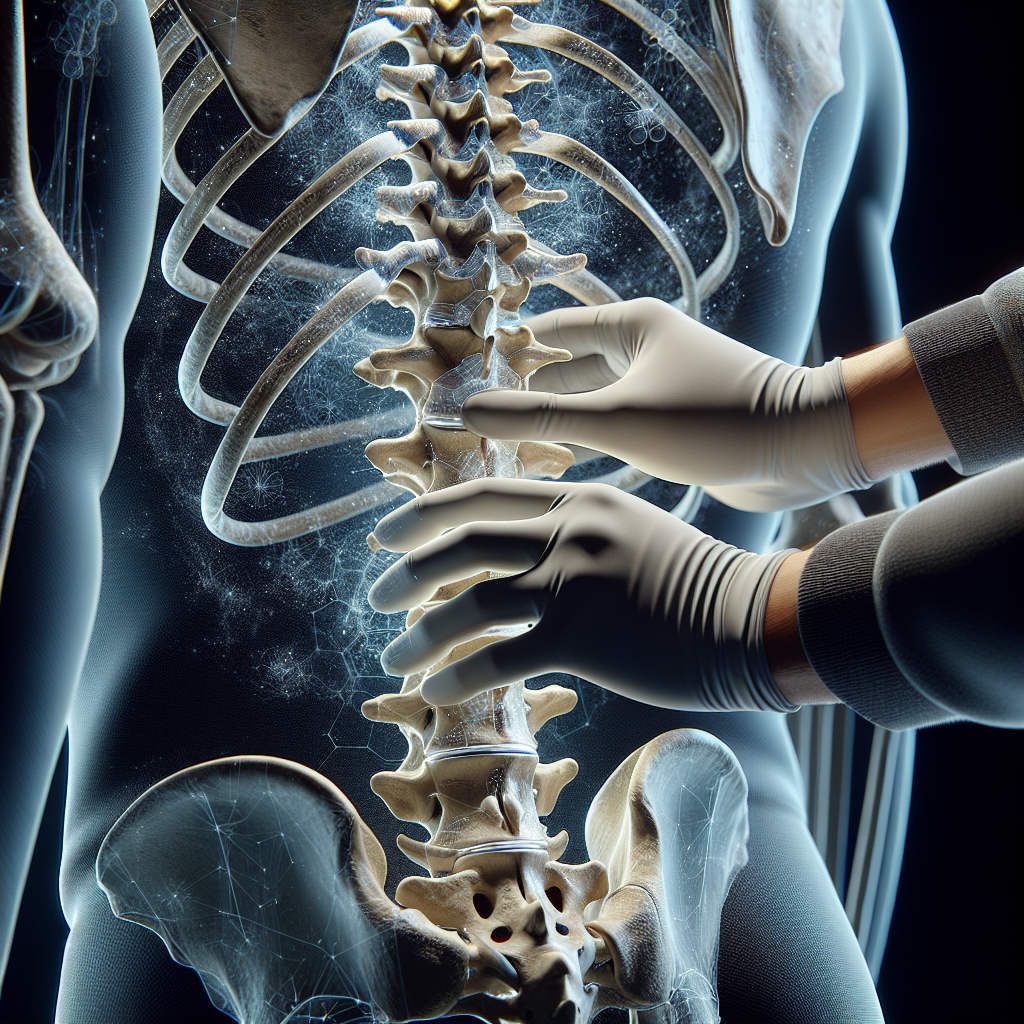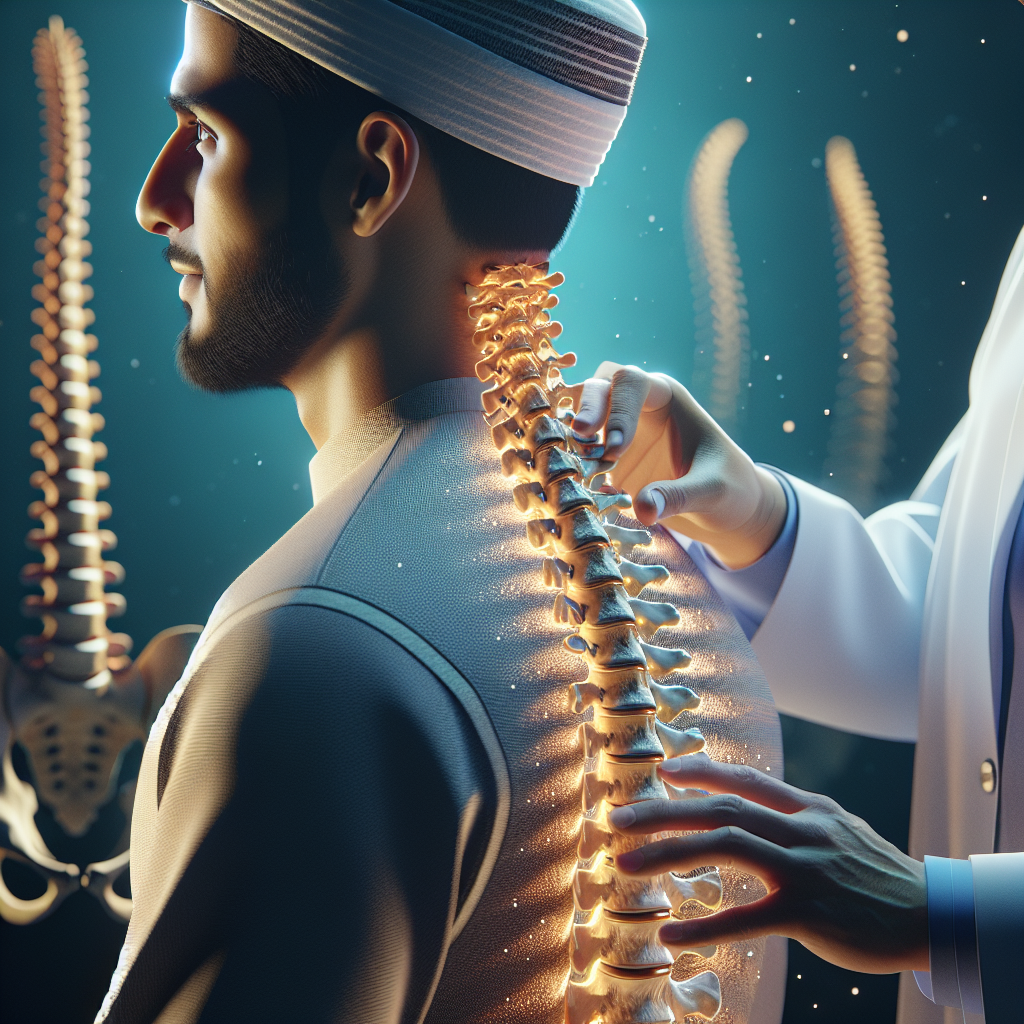
Chiropractic Adjustment Techniques What You Need To Know
Delving into the topic of chiropractic care reveals an array of techniques aimed at enhancing wellness. These approaches primarily revolve around vertebral alignment, promoting a balanced and healthy body.
Each method is tailored to address various physical concerns, making it important for individuals exploring therapy options.
From gentle manual therapy to targeted adjustments, each technique offers unique advantages.
Spinal manipulation is frequently employed to alleviate discomfort and improve mobility. Selecting the right approach can significantly influence your recovery journey
Click here to learn more about: chiropractor houston.html
Understanding Spinal Manipulation Techniques
Exploring various therapeutic practices can significantly enhance personal wellness. A diverse set of methodologies focuses on improving overall health and functionality.
For example, osteopathic techniques aim to align the spine, facilitating relief from discomfort.
These practices strive to promote the body’s innate healing capabilities, enhancing physical therapy outcomes.
Techniques differ widely, with some employing high-velocity thrusts while others utilize gentler approaches suited for sensitive individuals. Each method addresses unique needs, highlighting the importance of selecting the right option.
Transitioning from chiropractic adjustment methods to how manual therapy enhances recovery can further illuminate the pathways toward better health.

How Manual Therapy Enhances Recovery
Incorporating specialized techniques into rehabilitation can significantly improve the healing process for those recovering from injury or discomfort. Methods like mobilization therapy are designed to alleviate physical dysfunction and pain effectively.
Through soft tissue manipulation and neuromuscular therapy, practitioners can enhance blood circulation and promote swift healing.
Patients often notice increased mobility as these techniques help reduce inflammation.
Engagement in therapeutic exercise contributes to improved physical function and overall quality of life. A patient-centered approach ensures treatments are tailored to individual needs, which fosters better involvement in recovery.
Transitioning from the previous discussion on spinal manipulation techniques, the focus now shifts to the importance of vertebral alignment for optimal health.
Rehabilitation Techniques
- Mobilization therapy effectively alleviates physical dysfunction and pain.
- Soft tissue manipulation and neuromuscular therapy enhance blood circulation and promote healing.
- Therapeutic exercise improves physical function and overall quality of life.
- A patient-centered approach tailors treatments to individual needs, fostering better recovery involvement.
The Importance Of Vertebral Alignment
The role of the spine in maintaining structural integrity is fundamental to overall health. Achieving proper alignment of the vertebrae is necessary for ensuring optimal spinal health.
When positioned correctly, the vertebrae support physical function and contribute positively to emotional well-being.
Misalignment can lead to numerous health issues, including chronic pain and reduced mobility.
Regular practices involving chiropractic care can assist in attaining better alignment. This not only enhances mobility but also ensures the body operates efficiently.
Prioritizing this alignment has the potential to significantly improve quality of life, providing lasting pain relief.
Joint Adjustment: What To Expect
Embarking on a journey towards enhanced mobility involves being aware of the various processes involved in the experience. Practitioners utilize several adjustment methods to optimize physical function, employing both manual techniques and specialized tools.
Each approach is designed to improve alignment while alleviating discomfort.
During the procedure, patients may experience relief almost instantly, although some may feel mild discomfort temporarily.
Popping or cracking sounds are frequently heard and often indicate successful realignment.
Following the adjustment, it’s important to be mindful of potential side effects, while also appreciating the long-term benefits associated with wellness care for overall health
| Adjustment Methods | Benefits |
|---|---|
| Manual Techniques | Improves alignment and reduces discomfort |
| Specialized Tools | Enhances physical function |
| Instant Relief | Mild temporary discomfort may occur |
| Popping/Cracking Sounds | Indicates successful realignment |
Exploring Physical Therapy Practices
Therapeutic strategies are designed to address a broad spectrum of conditions and foster recovery. Effective treatment typically involves a thorough biomechanical assessment, enabling therapists to pinpoint specific patient needs.
Traditional approaches, including manual therapy, are often juxtaposed with innovative techniques like spinal decompression.
Exploring various therapeutic modalities allows individuals to take charge of their healing process.
Patient education becomes fundamental, as therapists guide individuals through their available treatment choices. Transitioning from joint adjustments to incorporating osteopathic techniques further enriches the spectrum of care, enhancing overall patient experiences.
Integrating Osteopathic Techniques In Care
Exploring alternative therapies can enhance traditional medical practices and promote holistic patient wellness. These techniques prioritize body mechanics and the natural capacity for healing, offering unique strategies for care.
By incorporating these methods into treatment, healthcare providers can ensure more effective injury rehabilitation and focus on alignment correction.
A tailored approach to healthcare allows practitioners to address diverse pain and mobility challenges.
Gentle adjustments can significantly aid in recovery processes, fostering a collaborative environment among specialists. This teamwork enhances the overall patient experience, providing comprehensive and individualized support.
Transitioning from these innovative practices to the benefits of myofascial release methods further highlights the potential of integrating diverse therapeutic approaches.
Alternative Therapies
- Alternative therapies can complement traditional medicine, leading to improved patient outcomes.
- Techniques focusing on body mechanics can enhance the natural healing process.
- Personalized healthcare approaches address a wide range of pain and mobility issues.
- Collaboration among healthcare specialists fosters a more supportive and effective recovery environment.
Benefits Of Myofascial Release Methods
Exploring various therapeutic techniques can lead to significant improvements for individuals seeking recovery and enhanced well-being. Enhanced Pain Relief: By specifically targeting tightness in muscles and fascia, these methods allow for notable pain relief.
Patients often find themselves experiencing less discomfort and can reduce reliance on pain medications through effective manual therapy approaches, which promote functional movement among those undergoing treatment.
Improved Mobility and Function: These therapies play a pivotal role in enhancing flexibility and range of motion.
Such treatment is particularly beneficial in recovery from injuries or surgeries, fostering better functional movement. Pediatric care also stands to gain, as children benefit greatly from increased mobility, which supports their overall development and activity levels.
Improving Range Of Motion Strategies
Mobility plays a significant role in enhancing everyday life and overall health. Limited movement can severely impact various activities, making it necessary to explore methods for improvement.
Enhanced flexibility not only improves physical performance but also supports well-being through various modalities.
Integrative healthcare practices often utilize hands-on techniques like manual therapy, offering effective tension relief by alleviating tight muscles and improving spinal structure.
Personalized plans enable individuals to set achievable goals, allowing for progress tracking and necessary adjustments. Transitioning to therapeutic approaches, these exercises target pain relief and further enhance mobility, providing a comprehensive solution for those looking to improve their physical capabilities.
Mobility and Health
- Improved flexibility can enhance athletic performance and reduce the risk of injuries.
- Manual therapy techniques can significantly alleviate muscle tension and improve overall spinal health.
- Personalized exercise plans help individuals track their progress and make necessary adjustments for better outcomes.
- Therapeutic exercises are effective in targeting pain relief and enhancing overall mobility.
Therapeutic Exercises For Pain Relief
Addressing discomfort often involves a variety of methods, and engaging in specific activities significantly aids recovery. These routines are designed to enhance mobility while alleviating sensations associated with numerous conditions.
Incorporating wellness therapies alongside physical activities can lead to improved results.
Exploring the different types of exercises available enables individuals to customize their approaches effectively.
Stretching exercises assist in increasing flexibility, while strengthening activities offer necessary support to targeted muscle groups, integrating reflex techniques to enhance effectiveness. Following proper guidelines ensures safe execution.
Consulting with a healthcare provider allows patients to devise tailored plans aligned with their unique needs, gradually improving range of motion as they proceed. Transitioning to education on patient empowerment can further solidify the foundations laid by these therapeutic exercises.
The Role Of Patient Education In Chiropractic Care
Comprehending treatment options can significantly enhance a patient’s ability to manage their overall well-being. Education fosters active participation in the healing journey, encouraging individuals to engage more fully with their health optimization.
When patients are aware of their conditions and the range of therapeutic interventions available, they tend to adhere more closely to prescribed treatment plans.
This proactive approach leads to improved results and a reduction in tension release during adjustments.
Through open communication, chiropractors can cultivate strong relationships, thereby enhancing patient satisfaction and promoting health optimization.
Addressing common misconceptions associated with chiropractic care through clear information is important. It empowers patients and eases anxiety related to the therapies.
A well-informed individual is likely to place greater trust in their practitioner, resulting in a collaborative care experience. In this supportive atmosphere, knowledge serves as a powerful tool for healing and recovery.
The specialties of tension release, health optimization, and therapeutic intervention are essential for overall well-being.
.
